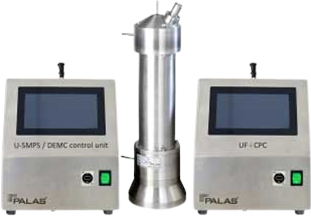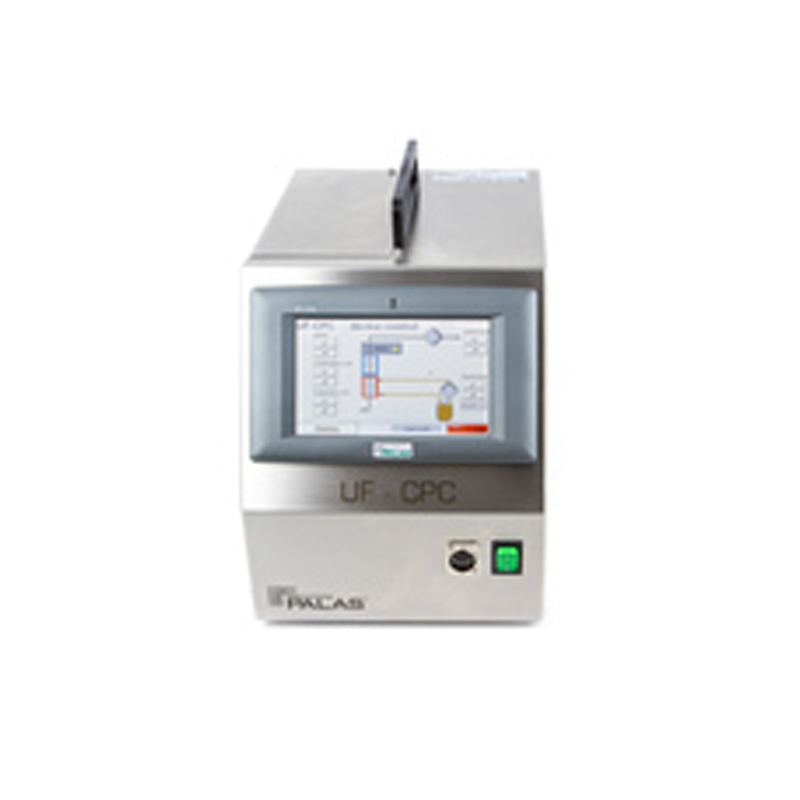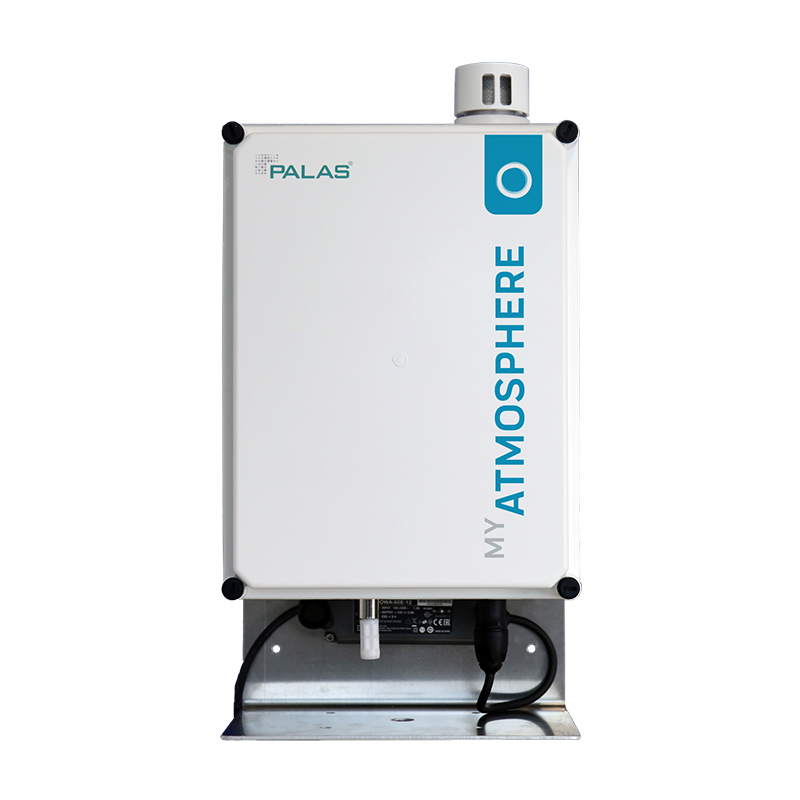
“See”, be aware of and assessment of Ultrafine Particles
Universal Method for Ultrafine Particles Test and Monitoring
Discover the versatile use of Palas®
products coupled with MyAtmosphere cloud
Our Mission
New Opportunities for Immission Control with Palas
Our health and well-being are directly linked to the air we breathe. As the leading producer of high-precision devices for the generation, measurement, and characterization of pollutant particles, our mission is to protect our health and our environment. We do so by offering you effective solutions to monitor immission in various fields.
Ultrafine particles refer to particles with an aerodynamic diameter less than or equal to 0.1 microns and are an important component of atmospheric particles. Owing to their small mass, their concentrations are most commonly measured and expressed in terms of particle number concentration per unit volume of air (for example, number of particles per cm3).
Recent studies have shown that ultrafine particles are closely related to respiratory and cardiovascular system diseases. Because the human respiratory tract, including the nasal cavity and oral cavity, has no way to block this type of fine particles, they can easily be inhaled into the trachea, bronchi, and alveoli, causing allergies and increasing the risk of cardiovascular disease. Many epidemiological and toxicological studies have shown that atmospheric particulate matter is significantly associated with population mortality and morbidity.
WHO Air Quality Guidelines 2021
Good practice statement – UFP
- Quantify ambient UFP in terms of particle number concentration (PNC)
- Expand the common air quality monitoring strategy by integration of UFP monitoring into existing air quality monitoring.
- Distinguish between low and high PNC to guide decisions on the priorities of UFP source emission control.
- Low PNC can be considered < 1000 particles/cm3 (24-hour mean).
- High PNC can be considered > 10 000 particles/cm3 (24-hour mean) or 20,000 particles/cm3 (1-hour).
- Utilize emerging science and technology to advance approaches to the assessment of exposure to UFP.
Case Study
Palas® U-SMPS – The Professional Choice of Peking University’s Atmospheric Particulate Matter Research Team
Peking University Research Team Chose Palas® U-SMPS Nanoparticle Analyzer to Study Sources and Impacts of Atmospheric Particulates
Shanghai University Selects Palas® Scanning Electric Mobility Particle Size Spectrometer for Atmospheric Complex Pollution Studies
Palas® SMPS 2050 Scanning Electric Mobility Particle Size Spectrometer Enables Experimental Studies of Atmospheric Particulates
Our Scope of Applications
The Palas® product range allows the accurate data and pollutant measurement for a wide range of fields:
Government Air Quality Networks
Environmental Organizations
Airports & Seaports
Filter Testing
Contact one of our Experts!
Products
Palas Devices for Measuring and Monitoring Ultra Fine Particles
Measurement of the number concentration and particle size distribution of ultrafine aerosols ≥ 2 nm in the environment and in technical applications
Please call or email contact form and we will be happy to assist you.




